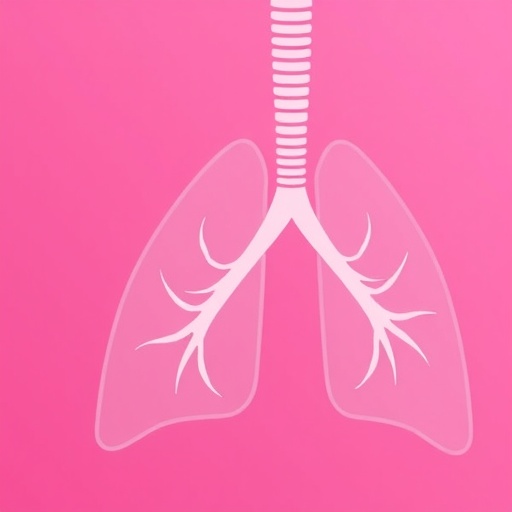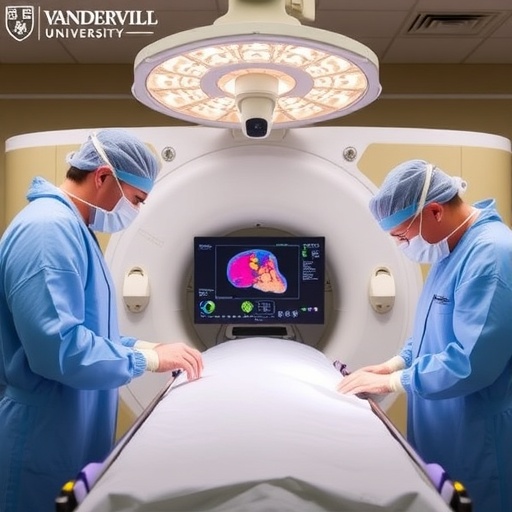Lung cancer remains one of the deadliest malignancies worldwide, yet screening rates in eligible populations have lagged significantly behind those for other common cancers. A groundbreaking observational study published in NEJM Catalyst reveals how an innovative, multidisciplinary approach at the University of Rochester Medical Center (URMC) primary care network achieved a remarkable leap in lung cancer screening rates—from a mere 33 percent in early 2022 to nearly 72 percent by mid-2025. This initiative not only improved screening uptake but also advanced early detection, crucial for improving patient outcomes.
The study’s lead author, Dr. Robert Fortuna, a professor specializing in Primary Care and Pediatrics, underscores that the program’s success hinged on more than just increasing the number of patients screened. The team’s comprehensive framework ensured that once patients were identified as eligible, they were systematically enrolled into a robust clinical program guaranteeing annual low-dose CT follow-ups. This sustained engagement represents a clinical gold standard, elevating lung cancer screening from a one-time intervention to an ongoing care pathway that can systematically reduce lung cancer mortality.
Lung cancer screening guidelines, formalized in 2013, recommend annual low-dose computed tomography scans for individuals aged 50 to 80 who have a significant history of smoking—specifically, at least 20 pack-years. Yet, implementing these criteria broadly has proven complex due to the nuanced nature of smoking histories and insufficient capture of detailed smoking data in electronic health records (EHRs). Unlike breast or colon cancer screening, which rely primarily on age or straightforward demographic markers, lung cancer screening criteria demand precise quantification of lifetime tobacco exposure, which fluctuates over an individual’s history and is often incompletely documented.
To navigate these complexities, URMC leveraged informatics expertise to develop a bespoke algorithm integrated into their EHR systems. This algorithm meticulously computed pack-year histories by pulling together scattered data points—such as patient-reported smoking intensity, duration, quit dates, and historical notes—enabling accurate eligibility assessments on a daily basis. Each morning, primary care providers across 42 network practices received lists highlighting which patients scheduled for appointments qualified for lung cancer screening, aligning lung cancer screening workflows with more established cancer prevention programs like mammography and colonoscopy.
This targeted outreach, however, was complemented by real-time clinical decision support alerts that prompted providers during patient encounters to discuss screening or smoking cessation counseling. Such reminders transformed the clinical environment into one that actively fosters screening conversations rather than passively relying on patient presentation or clinician discretion. Critically, these electronic nudges were paired with well-coordinated multidisciplinary collaboration spanning primary care, pulmonology, radiology, thoracic
Tags: clinical programs for cancer screeningearly detection of lung cancerenhancing patient outcomes in oncologyimproving cancer screening rateslow-dose CT scan guidelineslung cancer screening strategiesmultidisciplinary approach to lung cancerobservational studies in healthcareongoing care for lung cancer patientssmoking history and lung cancer risksystematic patient enrollment in screeningsUniversity of Rochester Medical Center






